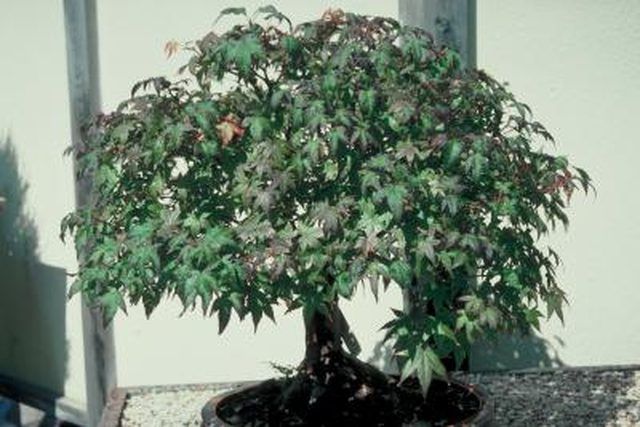Bulbs
Flower Basics
Flower Beds & Specialty Gardens
Flower Garden
Garden Furniture
Garden Gnomes
Garden Seeds
Garden Sheds
Garden Statues
Garden Tools & Supplies
Gardening Basics
Green & Organic
Groundcovers & Vines
Growing Annuals
Growing Basil
Growing Beans
Growing Berries
Growing Blueberries
Growing Cactus
Growing Corn
Growing Cotton
Growing Edibles
Growing Flowers
Growing Garlic
Growing Grapes
Growing Grass
Growing Herbs
Growing Jasmine
Growing Mint
Growing Mushrooms
Orchids
Growing Peanuts
Growing Perennials
Growing Plants
Growing Rosemary
Growing Roses
Growing Strawberries
Growing Sunflowers
Growing Thyme
Growing Tomatoes
Growing Tulips
Growing Vegetables
Herb Basics
Herb Garden
Indoor Growing
Landscaping Basics
Landscaping Patios
Landscaping Plants
Landscaping Shrubs
Landscaping Trees
Landscaping Walks & Pathways
Lawn Basics
Lawn Maintenance
Lawn Mowers
Lawn Ornaments
Lawn Planting
Lawn Tools
Outdoor Growing
Overall Landscape Planning
Pests, Weeds & Problems
Plant Basics
Rock Garden
Rose Garden
Shrubs
Soil
Specialty Gardens
Trees
Vegetable Garden
Yard Maintenance
Can a Japanese Maple Be Kept Inside?
Can a Japanese Maple Be Kept Inside?. Often grown as bonsai subjects, Japanese maples (Acer palmatum) hail from temperate regions that provide a distinctly cold winter. The maples need a leafless dormancy each winter to survive and grow well.

Often grown as bonsai subjects, Japanese maples (Acer palmatum) hail from temperate regions that provide a distinctly cold winter. The maples need a leafless dormancy each winter to survive and grow well.
Potential
If a small-sized Japanese maple is displaying leaves from spring to fall, the plant can be grown indoors in theory. The plant must receive ample sunlight indoors to maintain its foliage and make enough food via photosynthesis to remain alive and healthy.
Considerations
Since Japanese maples aren't tropical plants like other houseplants, they must endure some form of winter dormancy. After leaves drop off in fall if grown indoors, relocate the plant to an unheated garage or outbuilding so it's exposed to temperatures between 18 and 40 degrees Fahrenheit for at least 44 days.
Warning
While few pests afflict Japanese maples when they're grown outdoors, an indoor environment may stress the tree and make it more susceptible to attack from common insects. Watch out for aphids, scale, mealybugs and whiteflies.